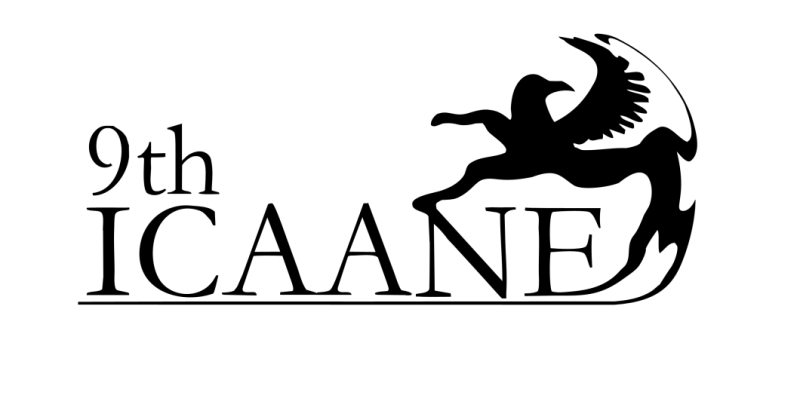 The 9th biannual International Conference on the Archaeology of the Ancient Near East is coming up in June of this year. The Conference is being hosted by the University of Basel (Kollegiengebäude der Universität Basel)
The 9th biannual International Conference on the Archaeology of the Ancient Near East is coming up in June of this year. The Conference is being hosted by the University of Basel (Kollegiengebäude der Universität Basel)You can find all the information you need on the conference website: http://9icaane.unibas.ch/
We will be presenting Kites in Saudi Arabia in the 1st session of the workshop Desert Kites - Archaeological Facts, Distribution and Function.
Abstract: Although it has long been known that Kites were to be found in Saudi Arabia, it is only very recently that the availability of high-resolution imagery on Google Earth and Bing Maps has enabled researchers to identify them far more widely and in greater numbers than previously believed. In particular, imagery for the areas around Khaybar and Al-Hiyat revealed over 200. Now the high-resolution imagery has been extended more widely and a fuller picture can be formed. The Kites are varied in size and shape but many are of a distinctive, angular form not found elsewhere in ‘Arabia’. With an increased data set, greater familiarity with the wide variety of other, probably contemporary, stone-built structures in the region, and with the geological and vegetational environment, there is an opportunity to offer a more detailed analysis and interpretation than previously done by Kennedy and Bishop.
You can download the full list of workshops complete with abstracts here: http://9icaane.unibas.ch/ICAANE2014workshopsprovisional.pdf

